SOURCE: RAUNAK KUNDE / NEWS BEAT / IDRW.ORG
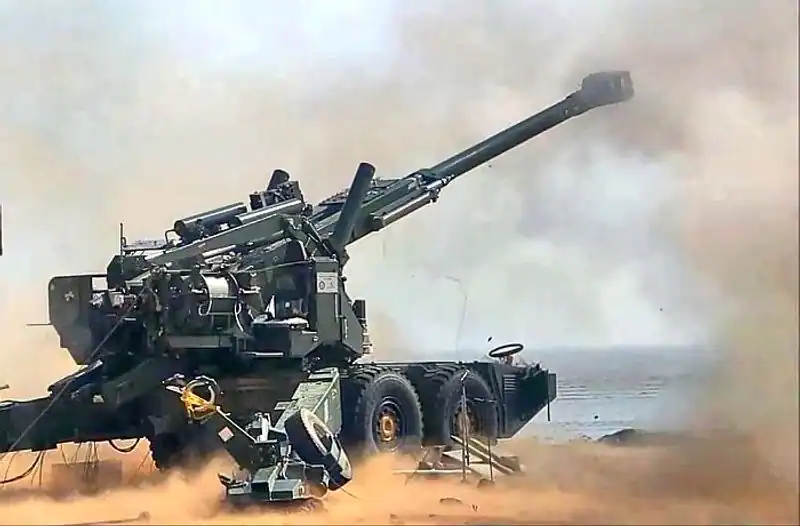
Officials from the Philippines have embarked on a journey of exploration into India’s burgeoning defence industry, with a particular focus on Indian-made artillery systems. The Philippines, a nation keen on enhancing its defence capabilities, has expressed interest in examining the products and technologies offered by Indian defence firms, including Kalyani Strategic Systems.
Reports suggest that a delegation from the Philippines has undertaken visits to several Indian defence companies, with a significant emphasis on exploring advanced artillery systems. The visit to Kalyani Strategic Systems, a subsidiary of Bharat Forge, is particularly noteworthy in this regard. The Philippine authorities are reportedly evaluating various artillery solutions offered by the company to potentially address their defence requirements.
Continue readingSOURCE: IDRW.ORG TEAM

Aeronautical Development Agency (ADA) is making remarkable progress in the development of the Twin Engine Deck-Based Fighter (TEDBF) for the Indian Navy. However, the financial outlay for this ambitious endeavor is nearing what it would take to develop the country’s highly anticipated 5th generation Advanced Medium Combat Aircraft (AMCA).
The TEDBF program, aimed at creating a cutting-edge deck-based fighter jet to serve the Indian Navy, is gaining momentum with each passing phase. ADA, the pioneering agency behind India’s indigenous aircraft development, has been seeking an investment of approximately 14,000 crore rupees to bring the TEDBF to fruition.
Continue readingSOURCE: IDRW.ORG TEAM
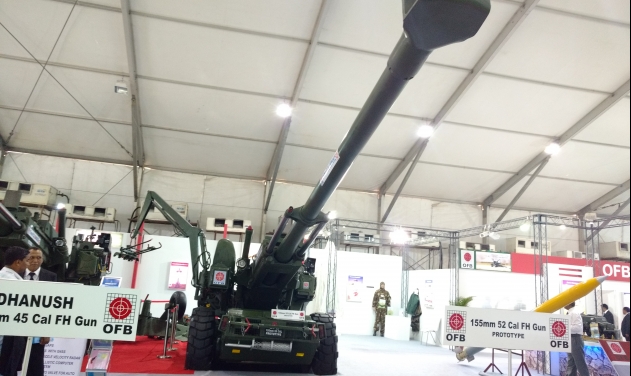
Advanced Weapons and Equipment India Limited (AWEIL), a state-owned company located in Kanpur’s Armapur, has successfully completed fresh internal trials of the upgraded Dhanush 155mm/52 calibre artillery gun. The achievement marks a notable milestone in the pursuit of indigenous defense manufacturing and reinforces India’s commitment to enhancing its military firepower.
The prototype of the upgraded artillery gun, developed by AWEIL, is now primed for rigorous Army user trials, marking the culmination of meticulous research, development, and testing efforts. This modernized iteration of the Dhanush artillery gun, often dubbed as the “Desi Bofors,” builds upon the success of the Dhanush 155mm/45 calibre artillery gun, while incorporating crucial enhancements that promise to elevate its performance and utility on the battlefield.
Continue readingSOURCE: RAUNAK KUNDE / NEWS BEAT / IDRW.ORG
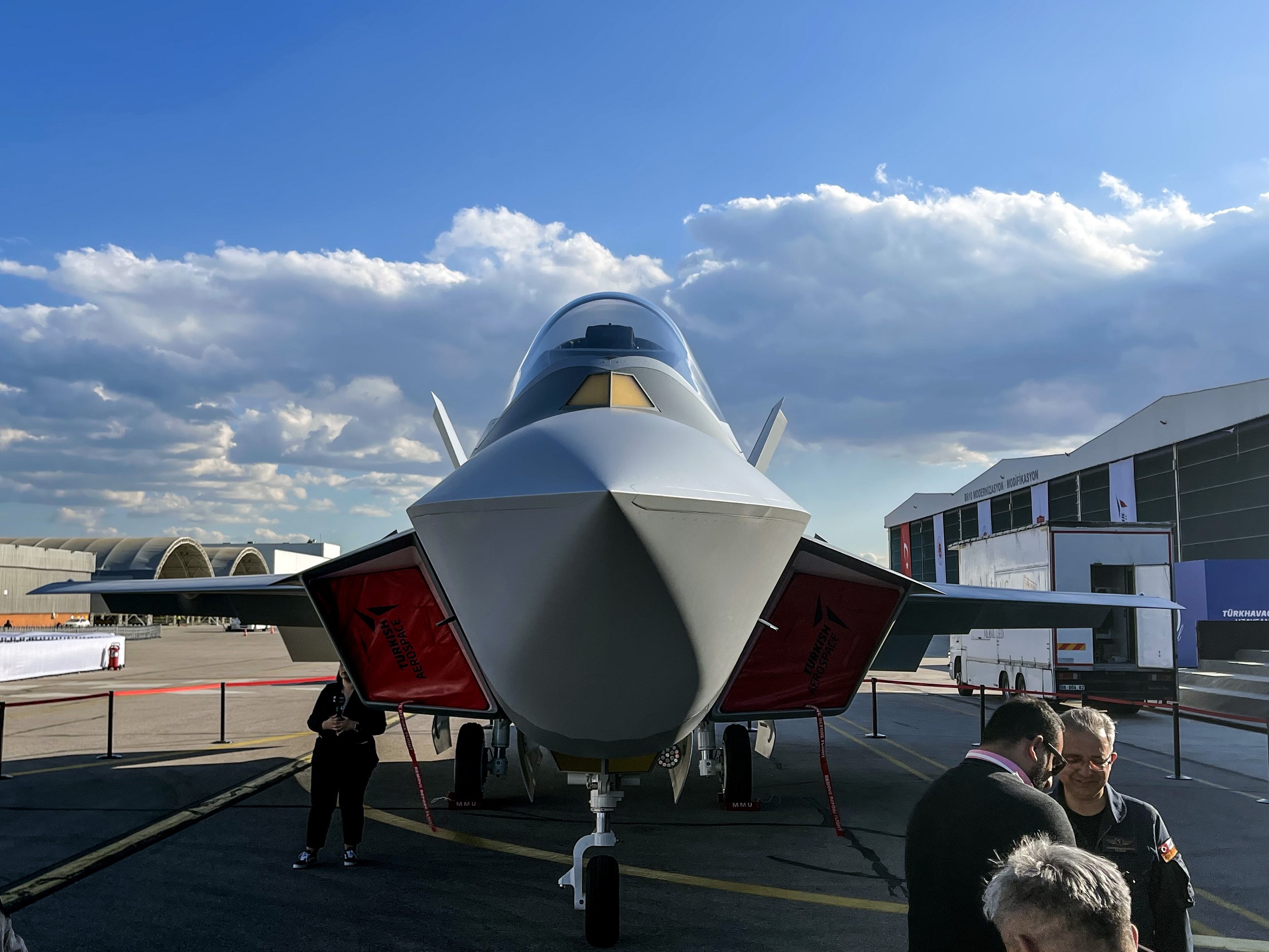
Recent reports confirming Pakistan’s participation in Turkey’s 5th-generation fighter jet program codenamed “KAAN,” have raised eyebrows and prompted discussions about its potential implications. While this move might not have taken Indian Air Force (IAF) officials by surprise, it has sparked interest in how this decision could impact the regional dynamics of defence and technology.
According to sources within the Indian Air Force who spoke to idrw.org, Pakistan’s decision to join the Turkish 5th-generation fighter jet program was not an unexpected development. However, despite Pakistan’s participation, it is unlikely to acquire fighter jets from Turkey until at least 2035. This delay can be attributed to the rigorous developmental trials and testing that the fighter jet must undergo before it can be cleared for production.
Continue readingSOURCE: RAUNAK KUNDE / NEWS BEAT / IDRW.ORG
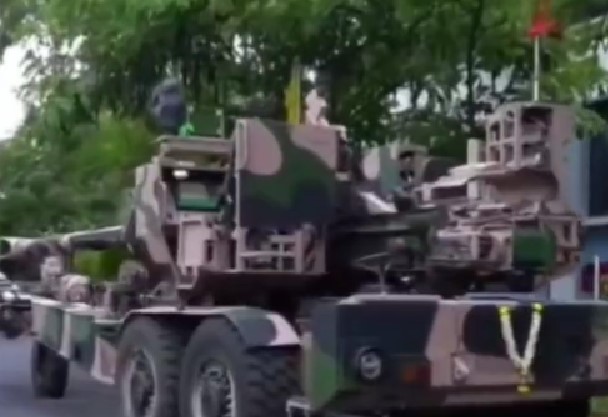
Kalyani Strategic Systems Limited (KSSL), a subsidiary of the renowned engineering company Bharat Forge, recently unveiled a remarkable display of cutting-edge artillery systems at a special event held at its factory premises. The event showcased at least four newly built Advanced Towed Artillery Gun System (ATAGS) 155 mm/52 calibre howitzers. This significant development has sparked intrigue and speculation, particularly in connection with potential exports to the Armenian Army.
The event was graced by the presence of Baba Kalyani, the Chairman and Managing Director of Bharat Forge, underscoring the importance of the occasion. The unveiling of the advanced artillery systems reflects KSSL’s dedication to technological innovation and strategic prowess, further bolstering India’s position in the global defence market.
Continue readingSOURCE: RAUNAK KUNDE / NEWS BEAT / IDRW.ORG
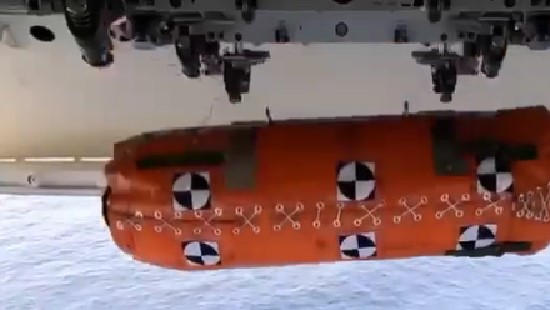
In a resounding testament to India’s indomitable spirit of self-reliance, the Indian Navy achieved a significant milestone on the 77th Independence Day. A momentous event unfolded as the maiden test drop of an indigenous Search and Rescue Kit (SARK), developed by the Aerial Delivery Research and Development Establishment (ADRDE) in Agra, was successfully executed. The test drop, conducted on August 15, showcased the formidable capabilities of the SARK, bringing India closer to realizing its vision of #AatmaNirbharBharat.
The test drop was orchestrated with precision by the P-8I aircraft from the Indian Naval Air Squadron 316, stationed at INS Hansa. The momentous occasion marked a monumental leap in the nation’s indigenous defense capabilities, setting the stage for India to emerge as a frontrunner in providing critical search and rescue operations in the Indian Ocean Region (IOR).
Continue readingSOURCE: IDRW.ORG TEAM
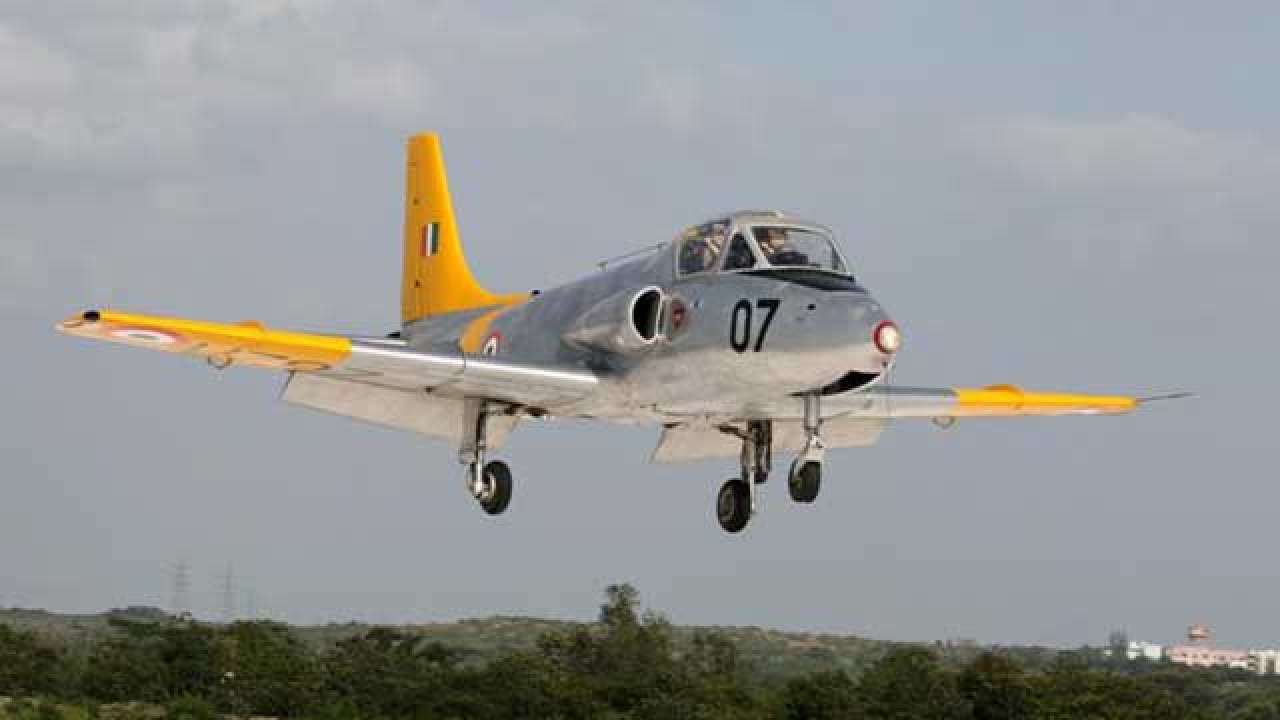
The Indian Air Force (IAF) is facing a crucial decision as it prepares to bid farewell to its trusty Kiran trainers by 2025. The IAF had long awaited the Sitara intermediate jet trainer (IJT), a program initiated by the state-owned aerospace manufacturer Hindustan Aeronautics Limited (HAL) as a replacement for the Kiran fleet. However, the fate of the Sitara program hangs in the balance as the IAF weighs its options with the impending retirement of the Kiran trainers.
The Kiran trainers have played a pivotal role in the IAF’s training curriculum, equipping pilots with the necessary skills and expertise to graduate to advanced fighter aircraft. As these venerable trainers near the end of their service life, the IAF’s attention has turned to the Sitara IJT, envisioned to take over stage-II training of fighter pilots.
Continue readingSOURCE: IDRW.ORG TEAM
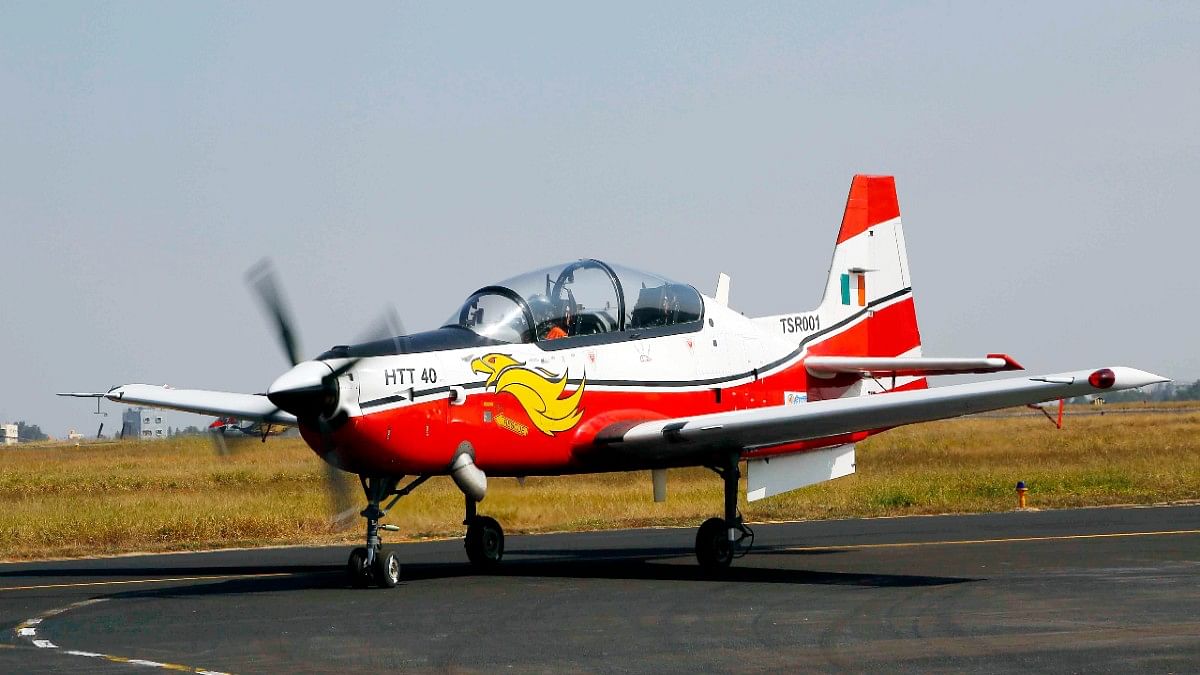
Hindustan Aeronautics Limited (HAL), the premier aerospace and defence company in India, is taking decisive steps to fortify its position as a key player in the country’s aviation landscape. Building on the momentum of its recent successes, HAL has embarked on the process of securing orders for an additional 36 Hindustan Turbo Trainer-40 (HTT-40) basic trainer aircraft, following the remarkable achievement of securing orders for 70 HTT-40 aircraft earlier this year.
In a significant move, the Union Cabinet sanctioned orders for 70 HTT-40 basic trainer aircraft from HAL, marking a monumental stride for the indigenous aerospace industry. The order, amounting to a substantial ?6,828.36 crore, underscores the growing recognition of HAL’s expertise and technological prowess.
Continue readingSOURCE: RAUNAK KUNDE / NEWS BEAT / IDRW.ORG
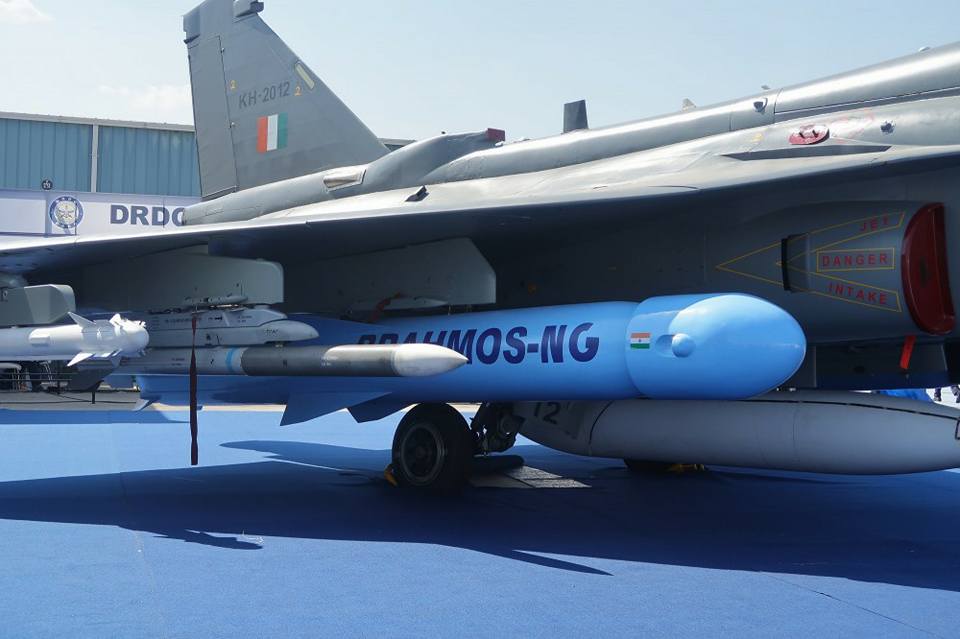
In a significant stride towards enhancing its air power capabilities, the Indian Air Force (IAF) is gearing up to Place orders for BrahMos-NG (Next Generation) Air-Launched Cruise Missile (ALCM) once it clears Developmental Trials.
Pravin Pathak, Export Director of BrahMos Aerospace, has announced that the design of the BrahMos-NG has been finalized, and the manufacturing process is scheduled to commence by the end of 2023 or early next year.
Continue readingSOURCE: RAUNAK KUNDE / NEWS BEAT / IDRW.ORG
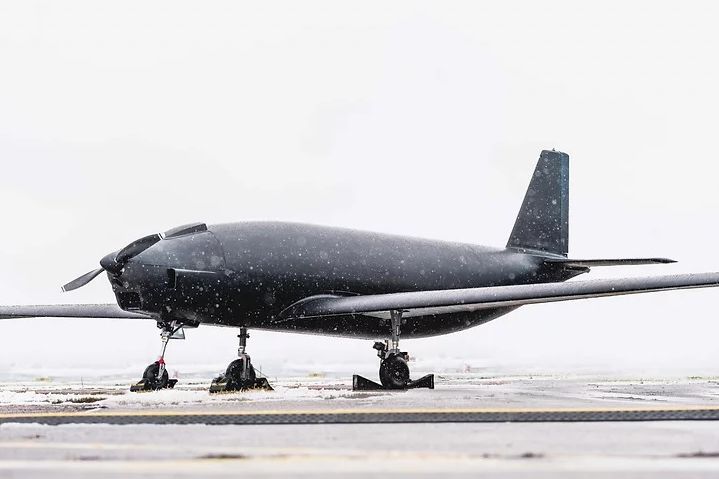
Indian Army is exploring the procurement of cutting-edge Cargo Unmanned Aerial Vehicles (UAVs) that have the potential to revolutionize the transportation of critical payloads to remote and challenging locations, particularly along the northern border with China. This initiative comes on the heels of the successful induction of Cargo Drones into the armed forces and signals India’s unwavering commitment to leveraging technology for strategic advantage.
Cargo UAVs, or Unmanned Aerial Vehicles, are poised to play a pivotal role in transforming the way military logistics operations are conducted. These advanced aerial systems are designed to carry significant payloads over long distances, providing a seamless and efficient means of delivering essential supplies to troops stationed in remote and inaccessible terrains. With payloads exceeding 100 kilograms, these futuristic machines have the potential to reshape the battlefield landscape and provide a crucial edge to India’s defence capabilities.
Continue readingSOURCE: RAUNAK KUNDE / NEWS BEAT / IDRW.ORG

Nagpur-based Economic Explosives Limited (EEL) is gearing up for a significant milestone as it prepares to conduct final user trials of the Guided Pinaka Rocket System within the next 1-2 months. Once these trials are completed, the Guided Pinaka Rocket System will move into the production phase, marking a transformative leap in India’s artillery capabilities.
The Guided Pinaka Rocket System represents an evolution from its predecessor, the unguided Pinaka system, the Guided Pinaka Rocket System now incorporates a navigation, guidance, and control kit developed by the Research Centre, Imarat (RCI) based in Hyderabad.
Continue readingSOURCE: IDRW.ORG TEAM
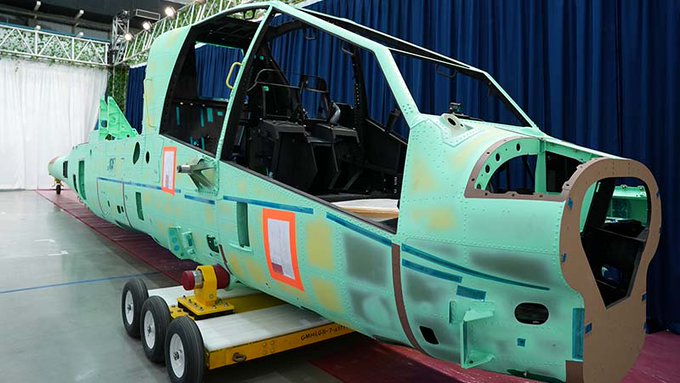
Boeing, a global aerospace leader, has marked a significant milestone in India’s military aviation by commencing production of the AH64 Apache attack helicopter at its Mesa, Arizona site. This momentous step follows the successful manufacturing of the Apache fuselage at the Tata Boeing Aerospace Limited facility in Hyderabad, highlighting the collaborative efforts between Boeing and India’s aerospace industry.
The AH64 Apache, known for its exceptional combat capabilities and versatility, has become a symbol of cutting-edge technology in modern warfare. With its robust design and advanced weaponry, the Apache is a force to be reckoned with on the battlefield. Its inclusion in the Indian Army’s fleet is a testament to the country’s commitment to enhancing its defense capabilities.
Continue readingSOURCE: IDRW.ORG TEAM

Advanced Weapons and Equipment India Limited (AWEIL), a state-owned company situated in Kanpur’s Armapur, has secured an order of monumental significance. Valued at a staggering Rs 6000 crore, this order encompasses a wide array of cutting-edge defence products that are set to redefine India’s military capabilities on a global scale.
AWEIL’s latest feat includes a substantial order for 300 ‘Sarang’ cannons from the esteemed Indian Army. These sophisticated cannons are poised to enhance the firepower of the armed forces and contribute to bolstering national security. Additionally, AWEIL has triumphantly clinched orders worth Rs 450 crore from various European countries, further solidifying its reputation as a frontrunner in defence manufacturing.
Continue readingSOURCE: RAUNAK KUNDE / NEWS BEAT / IDRW.ORG
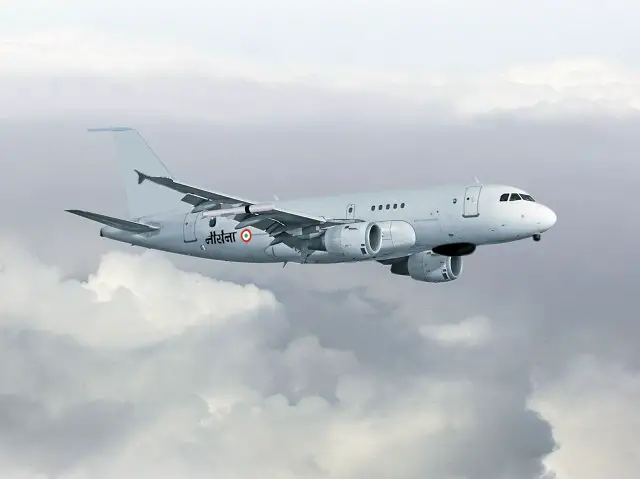
The Indian Navy is embarking on a strategic collaboration with the Defence Research and Development Organisation (DRDO) to develop its own Medium Class Maritime Patrol Aircraft (MMPA), a significant step aimed at enhancing India’s maritime surveillance capabilities.
The Indian Navy’s existing fleet of 12 Boeing P-8I Neptune maritime patrol and reconnaissance aircraft has already proven its mettle in maritime surveillance and anti-submarine warfare operations. However, recognizing the importance of self-sufficiency and the need for a versatile and adaptable platform, the Indian Navy has chosen to pursue the development of its own Medium Class Maritime Patrol Aircraft.
Continue readingSOURCE: RAUNAK KUNDE / NEWS BEAT / IDRW.ORG
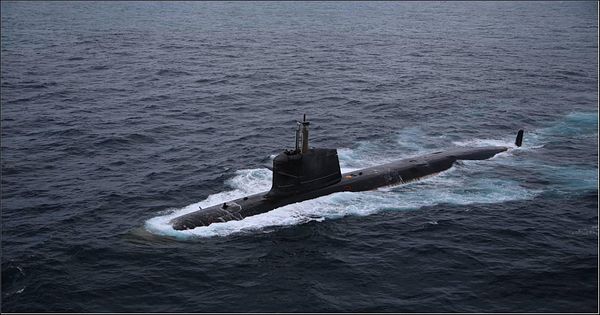
Mazagon Dock Shipbuilders Limited (MDL) has embarked on a significant journey of indigenization. This crucial program is directed towards reducing dependency on foreign Original Equipment Manufacturers (OEMs) and enhancing the self-reliance of the nation in the production and maintenance of the Kalvari class submarines.
The Kalvari class submarines, renowned for their advanced technology and strategic significance, form a vital part of India’s naval fleet. With their operational lifespan spanning approximately four decades in service with the Indian Navy, it becomes imperative to ensure a robust and sustainable ecosystem for their maintenance and upkeep.
Continue reading